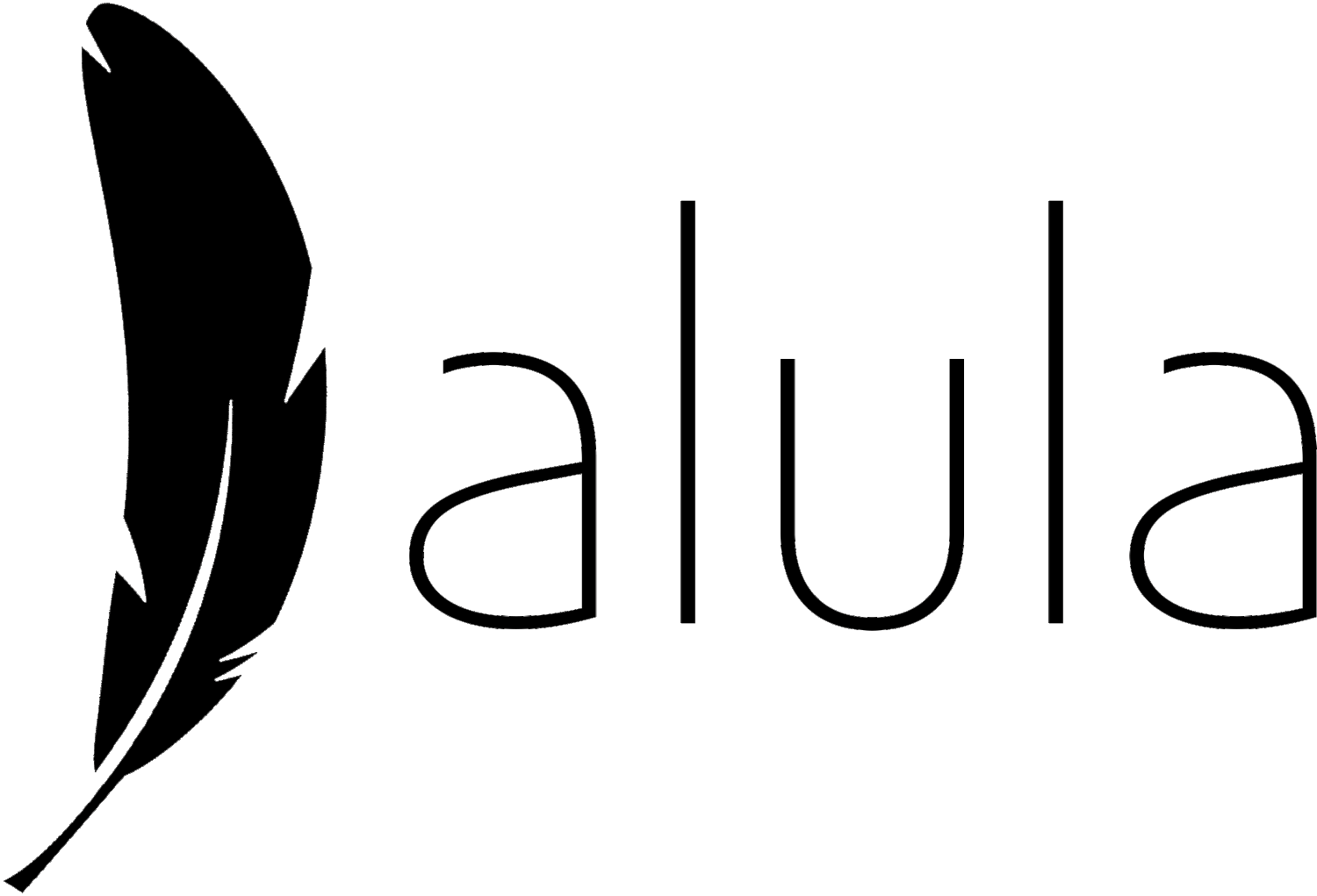How to Build Inclusive Communities That Actually Work
Belonging isn’t just a feeling — it’s a foundation. And for many people living with disability, the difference between surviving and thriving often comes down to one thing: community.
But not just any community.
We’re talking about inclusive communities — places where people are respected, valued, and actively welcomed. Not out of obligation, but because they’re recognised as important contributors to the life of that space.
At Alula, we see every day how the right environment can build confidence, reduce isolation, and create purpose. And we also know that inclusion doesn’t happen by accident. It takes intention, patience, and practice.
In this week’s blog, we’re exploring what makes a community truly inclusive — and how you can help build one, wherever you are.
🤝 What is an Inclusive Community?
An inclusive community is one where everyone has the opportunity to participate, contribute, and feel safe being themselves. This includes people with disabilities, people from culturally and linguistically diverse (CALD) backgrounds, LGBTQIA+ individuals, and anyone who might otherwise face barriers to belonging.
But inclusion isn’t just about physical access (though that’s a critical part). It’s also about:
Emotional and psychological safety
Representation and visibility
Choice and autonomy
Respect for different ways of communicating and engaging
Inclusive communities don’t ask people to ‘fit in’ — they evolve to fit the people who are part of them.
🔎 Why It Matters in the Context of Disability
People with disability are at higher risk of social isolation, particularly those with limited mobility, non-verbal communication, or mental health challenges. And while the NDIS offers funding for community access, there’s a big difference between attending a community and actually belonging in one.
When participants feel genuinely included, they’re more likely to:
Explore new interests
Form friendships and support networks
Build confidence and independence
Advocate for their needs
Feel a sense of identity beyond their diagnosis or plan
In short, they thrive — not just function.
🛠️ How to Build More Inclusive Communities
Here are some practical ways support workers, families, service providers, and community members can help create inclusive spaces:
1. Start with the person, not the plan
Don’t assume someone wants to attend the same events or groups as others their age. Ask what they enjoy — and how they like to participate. For some, that might be leading an activity. For others, it might be observing quietly. Both are valid.
Try this:
“What makes you feel most comfortable in a group setting?”
“Would you rather be part of something big or small?”
2. Normalise different ways of communicating
Some people use speech. Others use signs, devices, gestures, or art. Inclusive communities learn to listen in many ways — and model this for others.
Try this:
Encourage group leaders to use visuals, slow down speech, and offer breaks.
Teach regulars how to use basic key word signing (Auslan or Makaton) or simple communication cards.
3. Prioritise sensory-aware spaces
Lighting, noise, and crowding can be overwhelming. Inclusive spaces offer quiet corners, low-stimulation times, and flexible participation.
Try this:
Host events during quieter times (e.g. weekday mornings).
Offer “chill zones” or allow people to come and go without fuss.
4. Make roles, not just room
Inclusion is about participation, not just presence. That means offering people with disability meaningful roles — not just token attendance.
Try this:
In a community garden? Invite someone to lead the compost station.
At a workshop? Ask what role someone would like to play — greeter, timekeeper, helper?
5. Get feedback — and act on it
Ask participants what helps them feel included — and what doesn’t. Even better, build co-design into your planning from the beginning.
Try this:
Create simple feedback tools (e.g. emojis, short forms, voice notes).
Check in after every session: “Was that okay for you?” “What would you change?”
💬 From the Field: What Inclusion Feels Like
“It’s when I don’t have to explain myself every five minutes.” — Amar, 28
“When they remembered I needed the lights dimmed, I felt like I belonged.” — Leah, 22
“I like that they asked me what I wanted to do. Not just told me where to go.” — Jordan, 34
🌱 What Alula Does Differently
At Alula, we don’t drop people into existing spaces and hope for the best. We work with participants to find — or create — communities that reflect who they are.
We match support workers who respect cultural, neurodiverse, and gender identity preferences
We support participants to lead activities, not just attend
We prepare spaces ahead of time to suit each person’s needs
We encourage feedback loops, co-design, and self-advocacy
Because real inclusion doesn’t come from the top down — it grows outward from mutual respect and real connection.
✅ Quick Takeaway Actions
Whether you're a support worker, parent, friend or neighbour — here’s what you can do this week:
Say hello to someone new in your local group or class
Ask how someone prefers to participate
Offer roles that reflect strengths, not just availability
Advocate for more flexible, sensory-aware public spaces
Remind yourself that inclusion is a habit — not a checkbox
Final Thoughts
Creating inclusive communities isn’t about grand gestures. It’s about daily actions that show people:
“You matter. You belong. And you don’t have to change who you are to be part of this.”
At Alula, we’ll keep doing our part — one conversation, one activity, one smile at a time.
